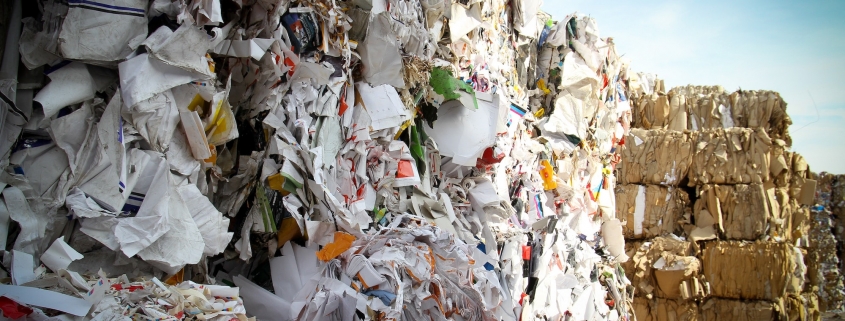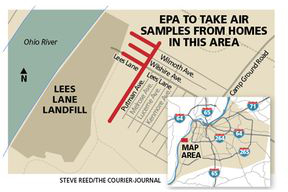Waste Disposal: Where Does Waste Go?
When you throw your garbage or yard waste into a dumpster, it can be easy to never think about it again. All of that has to go somewhere, though. But where? There are a few main places your waste is most likely to go, depending on what it is and the waste disposal practices and regulations where you live. Let’s take a look at the main places that waste goes.
Landfills: The Main Form of Waste Disposal in the United States
Landfills are simply disposal sites for waste. Landfill workers carefully contain and monitor waste and waste byproducts in landfills to avoid contaminating groundwater, soil, and the air. Eventually, when landfills are completely full, they shut down. You can think of them as a way to isolate waste from the surrounding environment. In the United States, landfills are where most waste goes.
Recycling Centers
Recycling centers help repurpose items like plastics, glass, paper products, and metals. These centers sort through recyclable items and then compact them into ‘bales’ that can be sent to mills where they are processed into new materials. What is recyclable for you depends on the infrastructure and policies in your area, so always check your local and state practices.
Recycling, while still much less common than landfilling, has become more widely adopted in the past several decades. In 2015, for instance, 67.77 million tons of waste were recycled in the United States, with to 137.7 million tons of waste going to landfills. Compare this to 25 years prior- in 1990, only 29.04 million tons were recycled, with 145.27 million tons being landfilled. Recycling is a preferable alternative to landfilling today, since it means reusing materials as opposed to trying to contain them in a landfill.
Composting
Composting is another of the main ways to deal with waste. Compost facilities use controlled aerobic decomposition to help turn organic waste into a nutrient-rich soil conditioner. Many food scraps and bits of yard waste are compostable. The end product of composting can help grow plants and food. Many people create their own compost, and some communities have composting centers or facilities where community members can drop off organic matter waste. Composting has the benefits of lowering carbon footprints, enriching soil, and reducing the need for chemical fertilizers.
Waste Combustion: A Declining Method of Waste Disposal
Combustion is another approach for disposing of waste. Municipal solid waste incinerator facilities burn waste at an extremely high temperature. They then use steam produced from incineration to create energy. However, this process has significant negative impacts on the environment and local communities. They increase pollution in their communities, most of which are lower-income communities of color in the United States. Support for this form of disposal in the US seems to be diminishing, particularly because the remaining facilities in the United States are aging and have old, inefficient technology. But in other parts of the world like Europe, combustion waste management is quickly becoming more accepted. These facilities also have better technology that is potentially safer for the environment and communities.
Moon Dumpsters makes sure that waste disposal is as environmentally-friendly as possible, with efficient trucks and green disposal practices. To learn more about Moon’s full-service dumpster rentals and get the dumpsters you need, visit our website or call us at 502-772-2821 today!







